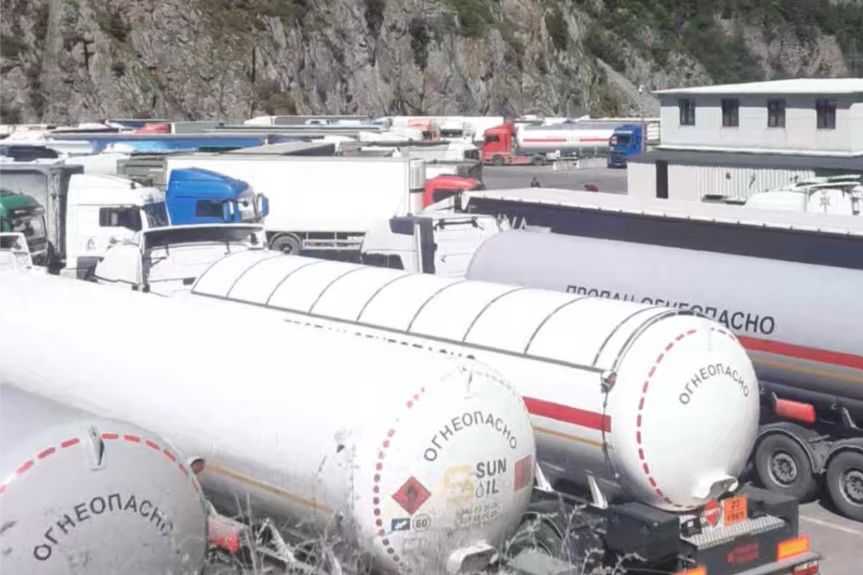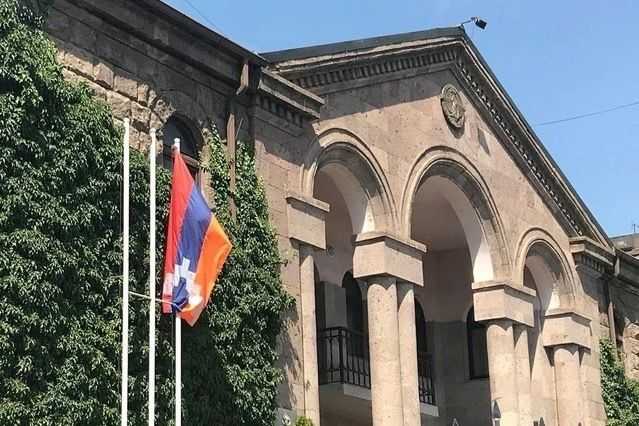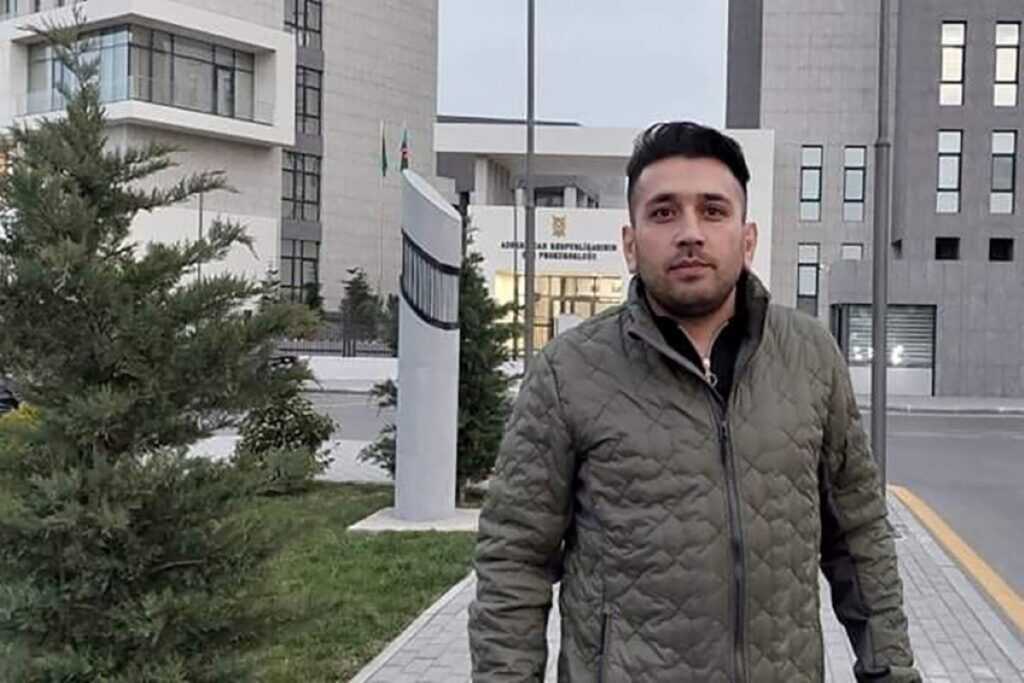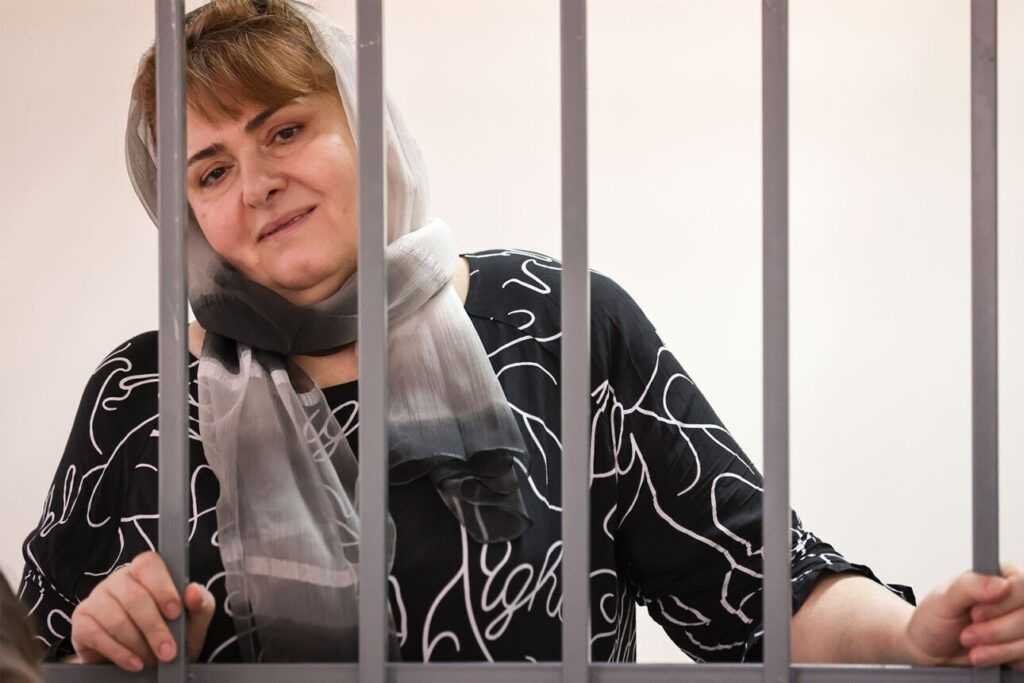
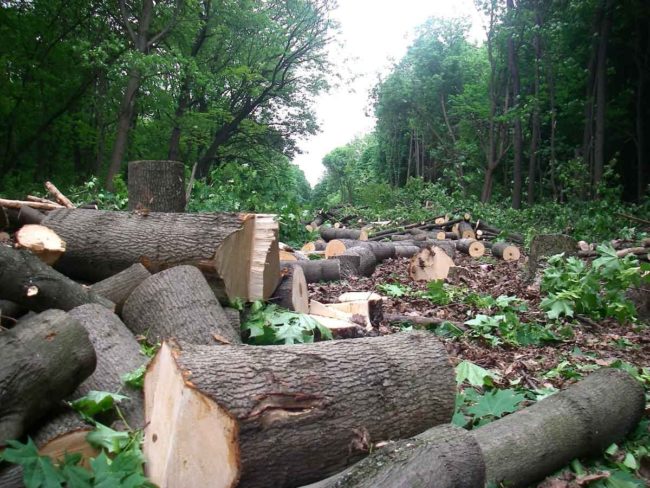
 Despite a ban, industrial and small scale logging for firewood is still relatively commonplace, as it’s a more affordable than gas, and fires continue to ravage vast tracts of in Armenia’s forests. A number of local and international organisations are trying to fight back, to protect and restore Armenia’s forests.
Despite a ban, industrial and small scale logging for firewood is still relatively commonplace, as it’s a more affordable than gas, and fires continue to ravage vast tracts of in Armenia’s forests. A number of local and international organisations are trying to fight back, to protect and restore Armenia’s forests.
[Read in Armenian — Հոդվածը հայերեն կարդացեք]
‘Best case scenario, two-thirds of our forests remain’
Samvel Sarukhanyan, 67, lives in the village of Dovegh, bordering Azerbaijan in north-east Armenia’s Tavush Province. The forests surrounding the village on three sides are gradually thinning. The reason — the trees are being cut down to sell for firewood.
‘I have to say, what is being cut down now compared with what was going on in the 1990s is utterly insignificant. Back then there were large lorries constantly parked in the village centre, waiting to be loaded with trees to sell in other provinces of the country. We still have no idea who was behind these loggers. However — best case scenario, two-thirds of our forests remain’, Sarukhanyan tells OC Media.
Sarukhanyan claims that since those ‘dark and cold years’, the forest has gradually began to recover. He is confident that if people leave it alone for at least ten years, the forest will recover, with not only the flora but also the diverse fauna of Tavush Province returning.
‘Before the [1991–1994 Nagorno-Karabakh] war there were deer, bears, squirrels, wild boars, and wolves in our forests; there were several dozen bird species alone. However, after the shelling, and most importantly the logging, only wolves, hares, and squirrels remain’, he adds.
Sarukhanyan admits that he cuts down trees to heat his house. Every year, residents of border villages receive vouchers allowing them to cut down trees in the forest for a small fee. However, the villagers cut down only trees marked by foresters, which are dead or dying.
They also collect and remove smaller branches left behind by the loggers, who cut large healthy trees to produce furniture or sell for firewood.
‘Of course we never touch normal trees. We understand that if there is no forest, there will be no more mountain springs from where we get our drinking water. I live here with my sons and grandchildren. My great-grandchildren will live here. I do not want to leave a dessert for them. It would have been nice if others thought the same way’’, Sarukhanyan remarks.
Firewood is cheaper than gas
Driving down the rural roads of Ararat Province in western Armenia in the summer, heaps of wood can be seen piled up outside houses.
Natural gas is available in Ararat, but many prefer to heat their houses using firewood. Gas is is prohibitively expensive for many in the villages, and most use it only for cooking.
Villagers say that the cost heating a house using gas can reach around ֏100,000 ($200) per month, while using firewood instead is much cheaper.
However, except for the Khosrov Reserve, there are no forests in the Ararat Province, and logging for firewood to sell is banned by law in Armenia.
Armenia’s forests suffered the most in the 1930–1950s, for industrial purposes, and in 1992–1995 in connection with the energy crisis. Illegal logging still remains, but on a smaller scale.
According to the Ministry of Nature Protection, from 14–18 August alone, illegal logging caused ֏36 million ($75,000) worth of damage to Armenia’s forests. Over 900 trees were cut down in Tavush Province’s Idzhevan forest, while illegal logging was also observed in Lori, Kotayk, and Gegharkunik provinces.
According to Ruben Petrosyan, a forester from environmental group Armles, up to 722 hectares of forest has been cut down in Armenia since 2010. However, Petrosyan notes some positive trends: while in 2004, 32,000 trees were cut down, only 1,000 have been cut down so far in 2017.
The restoration of forests, or a couple million … of new trees
Several international environmental groups are trying to save and restore Armenia’s forests.
The World Wide Fund for Nature in Armenia is one such organisation. According to Artur Alaverdyan, who coordinates the group’s forestry activities, they implemented a project in 2008–2011 aimed at mitigating climate change through restoration of forest landscapes.
The organisation, with the help of local volunteers, managed to restore an area of more than 639 hectares, planting around 2.2 million trees. This number has now grown to 2.5 million trees over 850 hectares of forest.
The United Nations Development Programme is also working to restore forests in Armenia’s Tavush Province.
Programme manager Hovhannes Sayadyan told OC Media that unviable seedlings and dying trees have to be cut down and replaced with new ones. As the forests are restored, springs are restored as well, he says.
Thousands of hectares of burnt forests
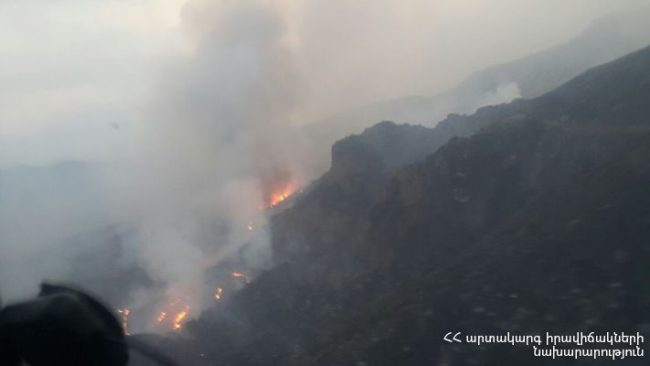
Fires broke out in the Khosrov Reserve and in Vayotsdzor Province in south-east Armenia on 10 and 12 August, and were only extinguished by 18 August. According to preliminary information from Deputy Minister for Emergency Situations David Karapetyan, an area of around 1,600 hectares was burnt in the Khosrov Reserve and 360 hectares of which was forested. About 1,500 hectares burnt near the village of Artavan in Vayotsdzor Province around 320 hectares of which was forest.
According to Manyk Manukyan, the coordinator of the neighbouring Khosrovsky Reserve, which was also affected by the fire, the reserve suffered irreparable damage, with a number of 300–1300 year-old trees lost.
The reason for the fire is not yet known, but a number of experts have speculated that it was unlikely to have occurred naturally, despite the arid and hot summer in Armenia.
Forester Ruben Petrosyan thinks that humans are most likely to blame for the fires — through discarded cigarette butts, a spark from a car, campfires, etc. — but he thinks that the particularly hot August also played a role in spreading them.
Petrosyan said during a press-conference on 19 August that deciduous trees can be restored relatively easily, but that restoring juniper trees, which suffered most from the fire in Khosrov and around Artavan, are more complicated.
The government has announced that it will allocate ֏1.9 billion ($3.9 million) from the state budget to Armles to restore and inventory the burned forests in 2018. The plan is to restore around 1,000 hectares of forest.
According to the most recent forest inventory from 2002, Armenia has around 334,000 hectares of forest reserve — 11% of the country’s total area — and 3,000 hectares of forest has burnt since 1998.

